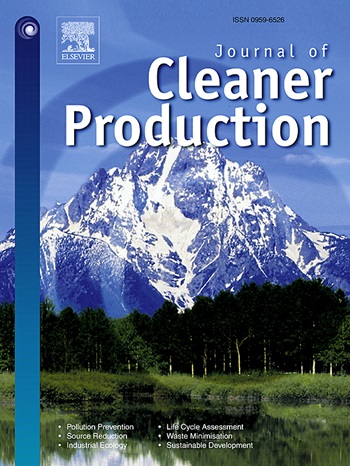Life Cycle Carbon Footprint Analysis of Suitcase Production: Impact of Material Variations, Size Differences, and Geographical Factors
IF 9.7
1区 环境科学与生态学
Q1 ENGINEERING, ENVIRONMENTAL
引用次数: 0
Abstract
The global suitcase market is rapidly expanding and utilizes a diverse range of materials, including plastic, fabric, and leather. These materials, while abundant, contribute significantly to environmental impacts. Despite this, comprehensive life-cycle environmental impact assessments of suitcase production, particularly analyses that consider variations in materials, sizes, and geographical factors, remain scarce. This study addresses this gap by conducting a cradle-to-gate life cycle assessments (LCA) of suitcase production with onsite data from three factories, pellets production, wheel manufacturing, and suitcase assembly, within the supply chain in Baigou, China—a region responsible for over 70% of global suitcase production. Conforming to ISO14040/14044 standards, this study utilized firsthand data from the factories for the LCAs, providing academia and industry an up-to-date information on suitcase production. A comprehensive sensitivity analysis was performed across 144 scenarios of the final suitcase assembly to explore the environmental impacts associated with different materials, sizes, and production locations. The results show that leather suitcases have highest carbon footprint and using recycled plastics in suitcase production can reduce plastic suitcase carbon footprint by close to 50%. The findings of this study identify several opportunities for reducing environmental impacts through product design, supply chain management, and policy interventions, offering valuable insights and specific factory-level data on suitcase manufacturing to the research community.求助全文
约1分钟内获得全文
求助全文
来源期刊

Journal of Cleaner Production
环境科学-工程:环境
CiteScore
20.40
自引率
9.00%
发文量
4720
审稿时长
111 days
期刊介绍:
The Journal of Cleaner Production is an international, transdisciplinary journal that addresses and discusses theoretical and practical Cleaner Production, Environmental, and Sustainability issues. It aims to help societies become more sustainable by focusing on the concept of 'Cleaner Production', which aims at preventing waste production and increasing efficiencies in energy, water, resources, and human capital use. The journal serves as a platform for corporations, governments, education institutions, regions, and societies to engage in discussions and research related to Cleaner Production, environmental, and sustainability practices.
 求助内容:
求助内容: 应助结果提醒方式:
应助结果提醒方式:


